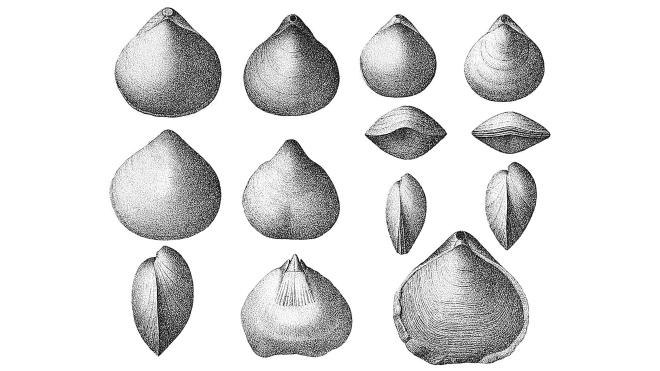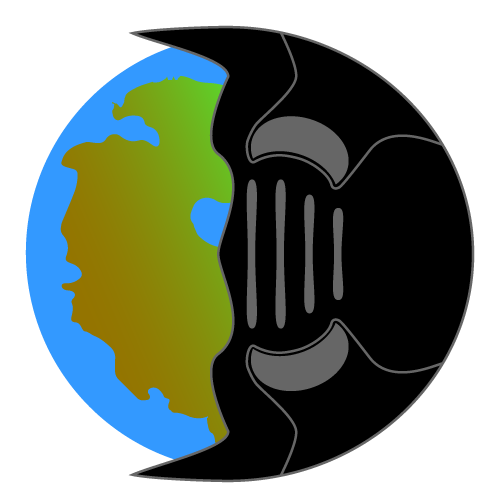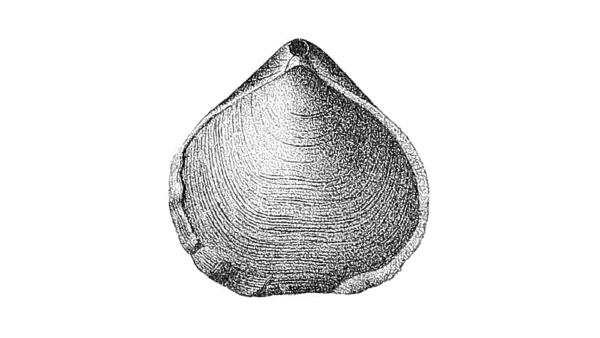Scientific Classification
| Kingdom: Animalia |
| Phylum: Brachiopoda |
| Class: Rynchonellata |
| Order: Athyridida |
| Family: Meristellidae |
| Genus: Meristella |
| Species: Meristella haskinsi Hall, 1860 |
Information
Geological Range
Paleogeographic Distribution
Stratigraphic Occurrences
References
Linsley (1994): p. 194, figs. 17-26.
Wilson (2014): pp. 108, 109.
Remarks
Originally described as Meristella haskinsi by Hall in 1860.
From Wilson (2014, p. 108): “Broadly ovate shell, with greatest width below the center. Surface marked by fine striae and growth lines. To 20-25 mm.”
From Carlton Brett and Gordon Baird: “Meristella haskinsi was apparently derived from Eastern Americas Realm ancestoral meristellids in the Eifelian, this form can be abundant in shell rich mudstone beds, with a moderate diversity Tropidoleptus-Nucleospira biofacies of Brett et al. (2007), e.g., Kashong Member of the Moscow Formation and similar facies in the Skaneatles Mottville middle mudstones and Ashantee mudstones,and Ludlowville (muddy eastern Centerfield). Probably fixosessile (pedically attached) and may occur in clumps suggesting possible mutual attachment or co-support on mud bottoms.; A study by Bordeaux and Brett (1990, Historical Biology) indicated that these impunctate athyroid brachiopods were commonly encrusted with sclerobionts, including bryozoans, hederelloids and microconchids. In contrast, contemporaneous punctate terebratulid brachiopods of nearly the same size and overall morphology and texture (Cryptonella, Centronella) were largely clean of encrusters suggesting that the punctal secretions may have prevented settling by larvae.”
Online Resources
Media
Images


